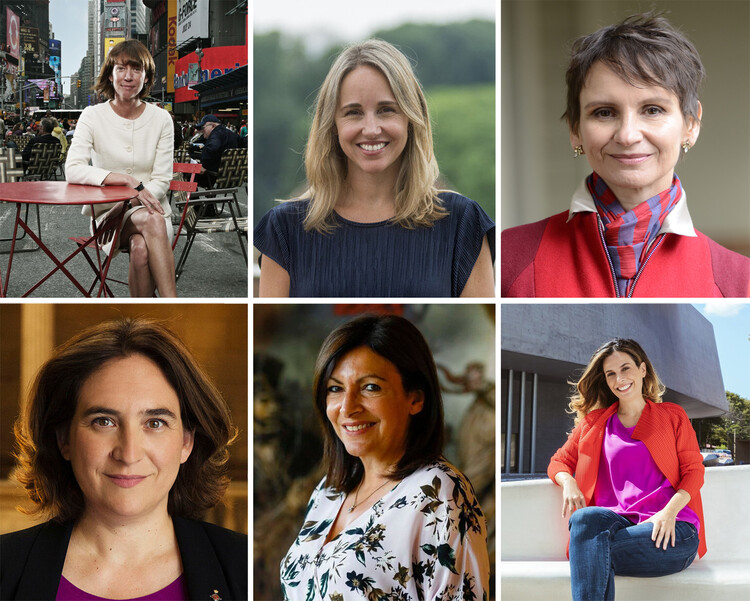
In different parts of the world, women are transforming cities and taking up spaces in urban planning and management as never before. Paris, Barcelona and Rome, for example, in addition to being cities where almost anyone would like to live, are now cities managed by women for the first time in their history, all in their second term. Major changes and currently celebrated plans, such as the “15-minute city” in Paris, the opening of Times Square to the people in New York, and the urban digitization of Barcelona as a smart city, were led by women.
However, this new urban paradigm seems far from the Brazilian reality. Despite constituting more than 51.8% of the population and more than 52% of the Brazilian electorate, women are still a minority in elective positions in municipal administration. In the 2020 elections, there was a record record of female candidates in the dispute for Brazilian mayors and municipal chambers. However, besides the gap between the number of candidates and elected candidates, the number of women represents only a third of the total candidacy (33.6%).










